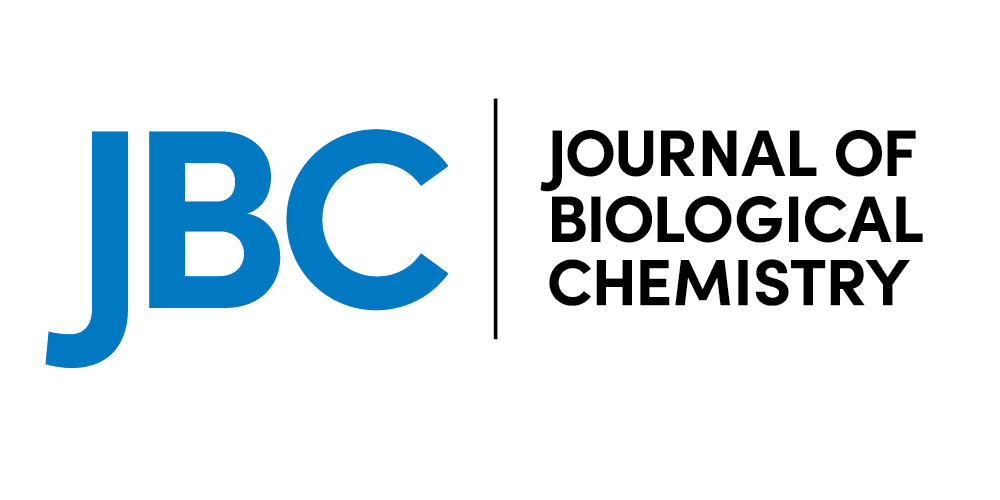
Nucleoside reverse transcriptase inhibitors (NRTIs) were the first drugs used to treat human immunodeficiency virus infection, and their use can cause mitochondrial toxicity, including mitochondrial DNA (mtDNA) depletion in several cases. The first generation NRTIs, including 2',3'-dideoxycytidine (ddC), were originally and are still pursued as anticancer agents. NRTI-sensitive DNA polymerases localizing t o mitochondria allow for the opportunity to poison proliferating cancer cell mtDNA replication as certain cancers rely heavily on mitochondrial functions. However, mtDNA replication is independent of the cell cycle creating a significant concern that toxicants such as ddC impair mtDNA maintenance in both proliferating and non-proliferating cells. To examine this possibility, we tested the utility of the HepaRG cell line to study ddC-induced toxicity in isogenic proliferating (undifferentiated) and non-proliferating (differentiated) cells. Following ddC exposures, we measured cell viability, mtDNA copy number, and mitochondrial bioenergetics utilizing trypan blue, Southern blotting, and extracellular flux analysis, respectively. After 13 days of 1 μM ddC exposure, proliferating and differentiated HepaRG harbored mtDNA levels of 0.9% and 17.9% compared to control cells, respectively. Cells exposed to 12 μM ddC contained even less mtDNA. By day 13, differentiated cell viability was m aintained but declined for proliferating cells. Proliferating HepaRG bioenergetic parameters were severely impaired by day 8, with 1 and 12 μM ddC, while differentiated cells displayed defects of spare and maximal respiratory capacities (day 8) and proton-leak linked respiration (day 14) with 12 μM ddC. These results indicate HepaRG is a useful model to study proliferating and differentiated cell mitochondrial toxicant exposures.



Δεν υπάρχουν σχόλια:
Δημοσίευση σχολίου
Medicine by Alexandros G. Sfakianakis,Anapafseos 5 Agios Nikolaos 72100 Crete Greece,00302841026182,00306932607174,alsfakia@gmail.com,